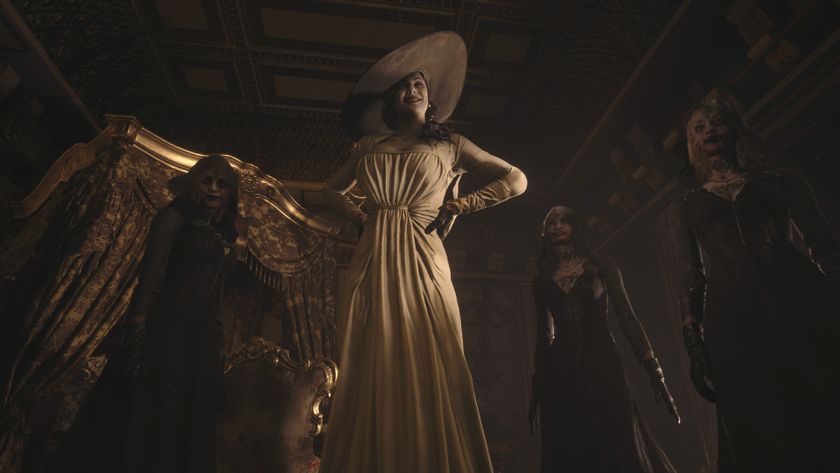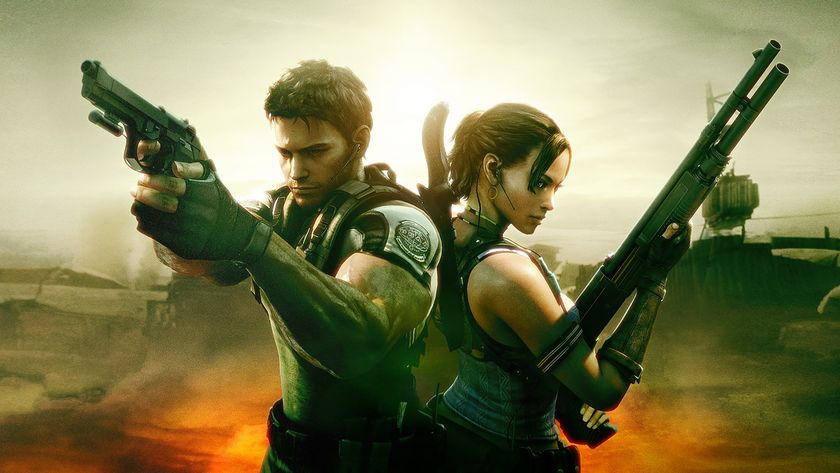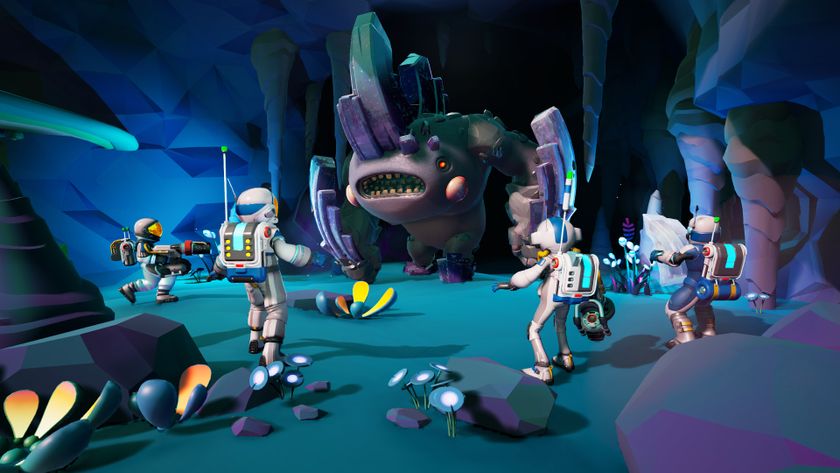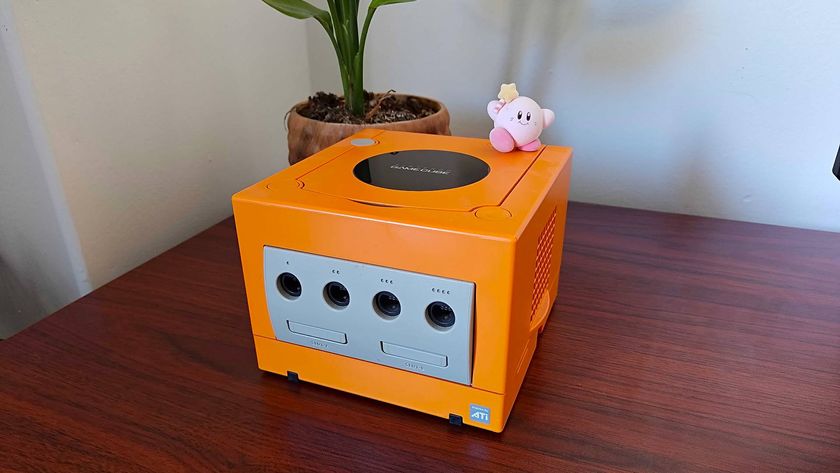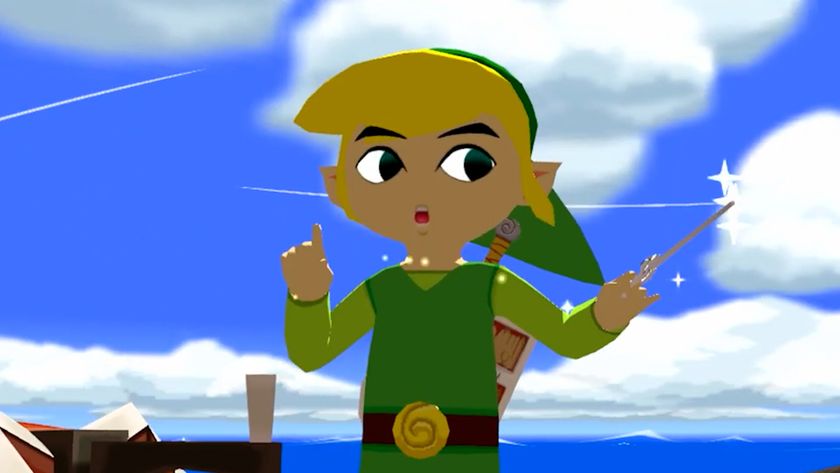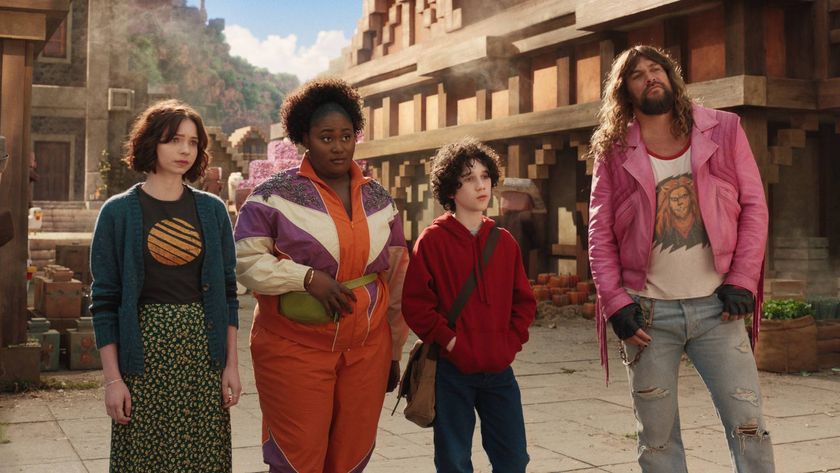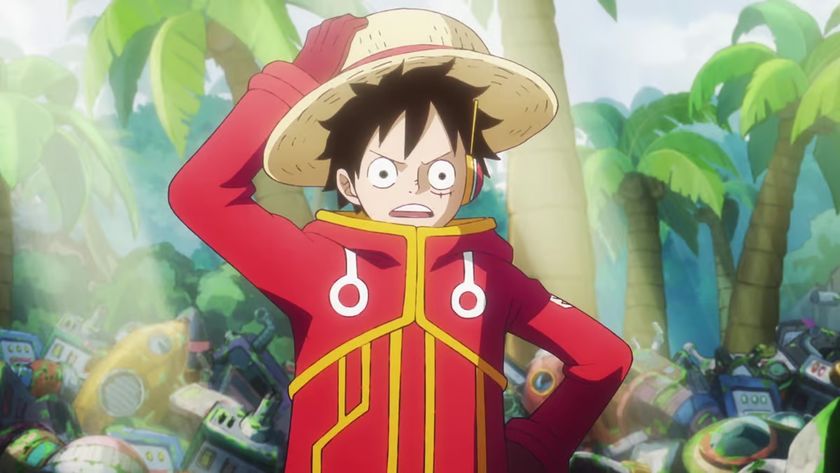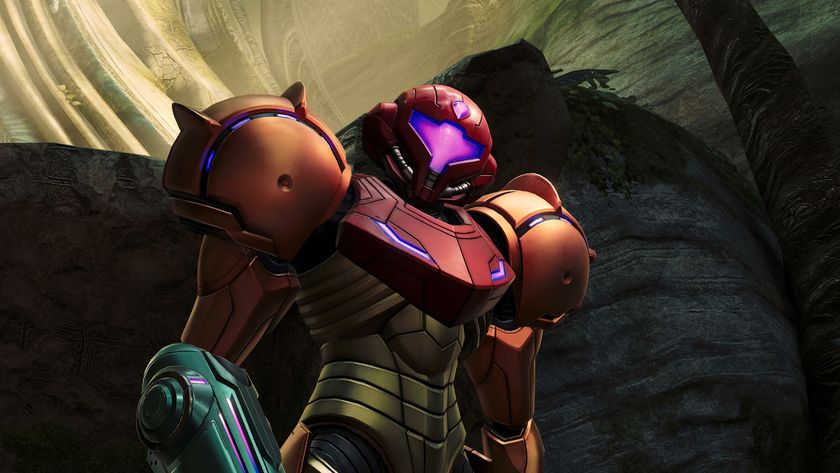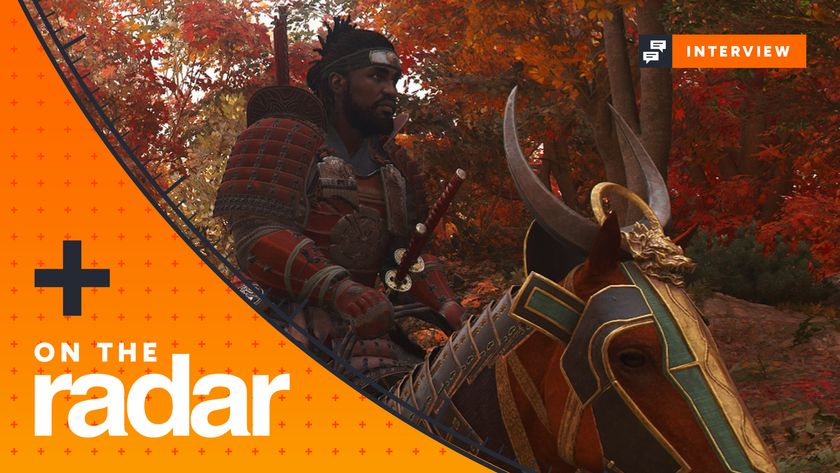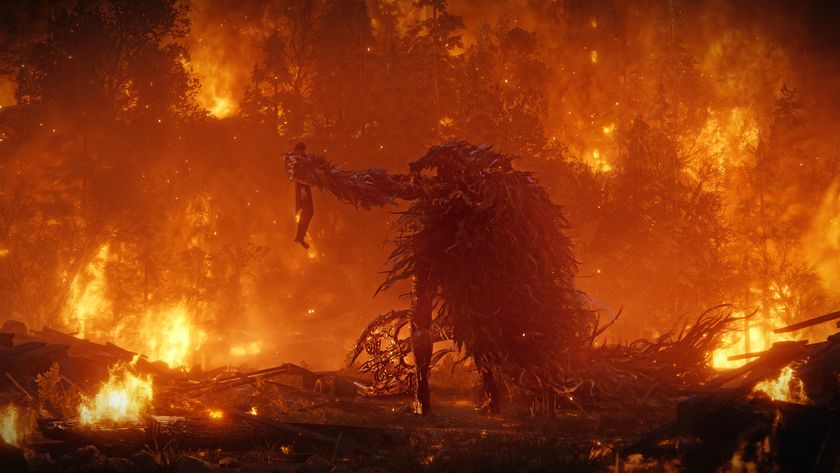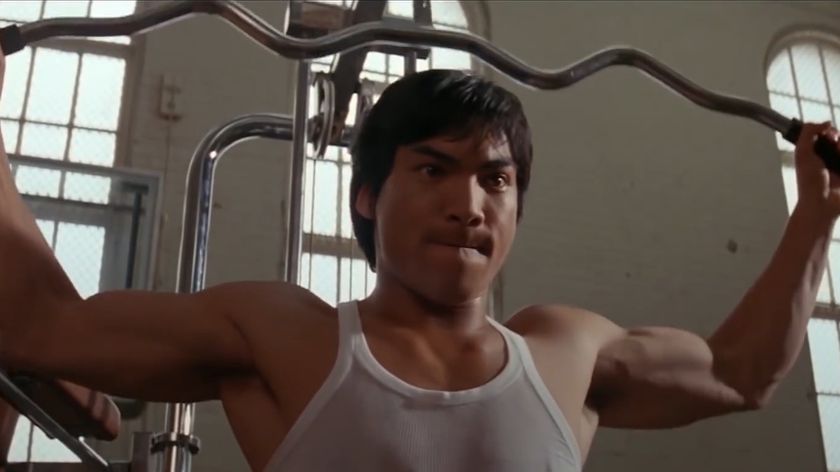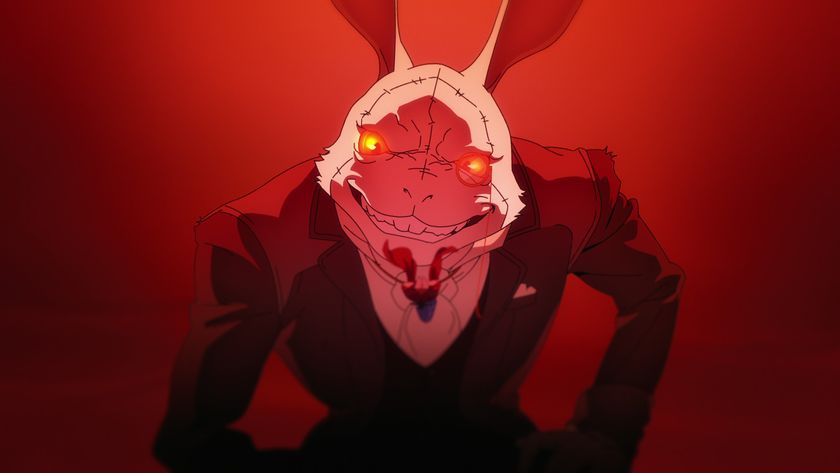After Resident Evil 7 reinvented the series Resident Evil Village falls back on old Resi cliches
After modernizing the series with Resident Evil 7, Resident Evil Village went straight back to 'old' Resi
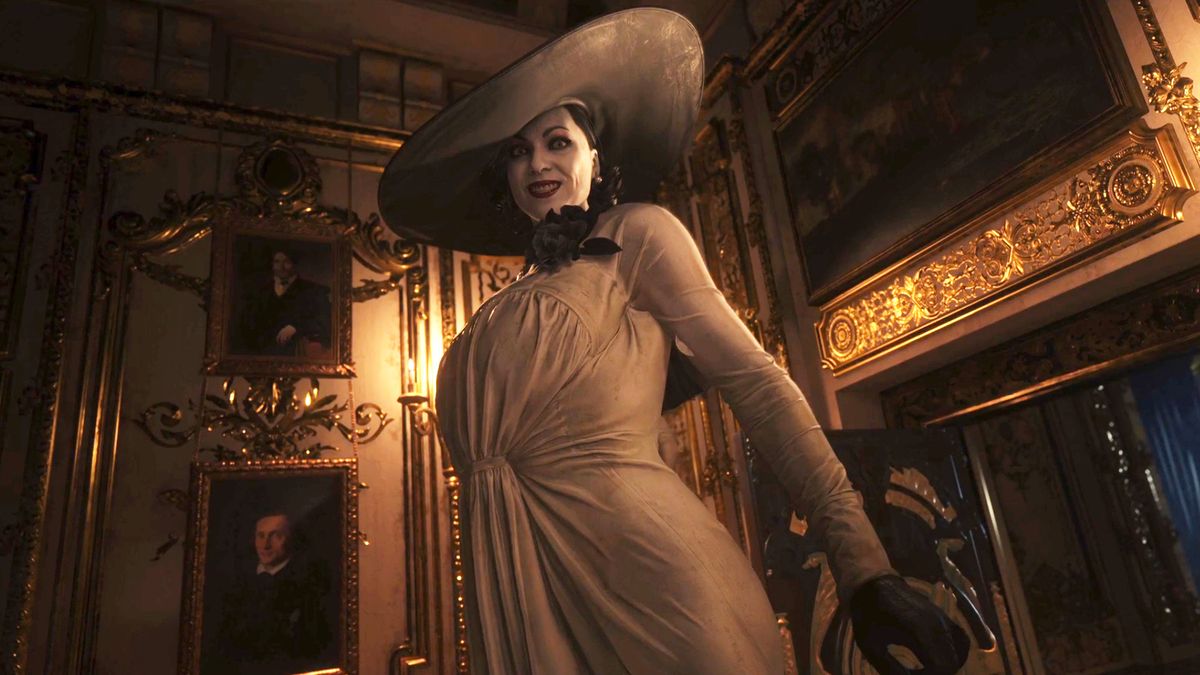
It's clear that Resident Evil Village is a lot of fun – it's a big, silly monster shooter full of action and scenery chewing villains. A popcorn crowd pleaser that's reviewed and sold well. It's success, though, makes me a little sad that all the potential we saw in Resident Evil 7 to reboot the series and start anew is likely gone, as Capcom pivots whatever plans it had to steer fully into the wake of all that big Lady Dimitrescu hype.
Obviously there's probably going to be spoilers here for Resident Evil Village, up to and including the endings.
Monster town
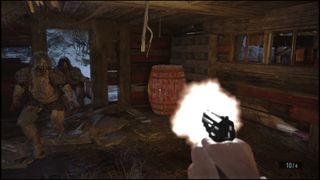
That's not to say there's anything wrong with Village. As I've already said, it's a fun action game with a couple of good horror moments, but it goes completely against what appeared to be a significant amount of groundwork laid by Resident Evil 7 to establish a more modern voice for the series. After years of variable roller coaster quality, Resident Evil 7 drew a line in the dirt and started over. In many ways it did so by paraphrasing the original game in a more modern language – a spooky house, sparse monsters, a terrifying sense of helplessness as you panic fire guns at lumbering shapes in hallways. But this time with a more grounded horror, focused on your entrapment by an abnormal family.
Where the original game started by echoing 70s zombie movies, and then feeding off its own lore to mutate, as much literally as narratively, through a catalog of increasingly fantastical monsters, the seventh game took its influences from more recent horror films. Movies like The Texas Chainsaw Massacre and The Hills Have Eyes remakes, as well as Wolf Creek, all spring to mind with their focus on murderous people more monstrous on the inside, and warped families. Films like Saw, Hostel, and numerous found footage nods all feed into the themes of isolation and pursuit.
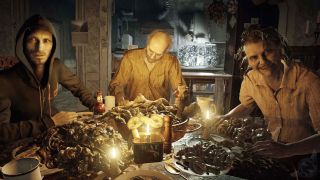
Resident Evil 7 was new and scary, and unknown, in a way Resi hadn't been for years, while clearly honoring classic hallmarks of the series. Elaborate keys became disgusting homemade jerry-rigged things of wire and bone instead of improbably crafted jeweled artifacts, for example. Puzzles becomes vicious torture machines. Monsters were horrific but more low key (for the most part) compared to giant flesh dinosaurs – for the first few hours you're largely avoiding one large angry man trying to kill you. The whole game had a far more contemporary and future-facing vibe than we'd ever seen before.
Boulder-punching
Resident Evil Village, while enjoyable, forgets everything the previous game worked so hard to build. It more or less steps back over the foundation the previous installment created and makes a mistake Resident Evil loves to make: referencing itself. I think even the biggest fans will admit the series has had a patchy run for much of its life. After Resident Evil 4, it was a franchise that didn't really seem to know what to do with itself. Occasionally recapturing some of the original genre defining impact, as much by accident as intent. But, more often than not, veering dangerously into self parody – there's a reason why Heisenberg calls Chris Redfield a "boulder-punching asshole" in Resident Evil Village. It's because he punches a boulder to defeat a boss in Resi 5. In an active volcano. After surviving a plane crash. Into the active volcano. Oh, and to make sure the bad guy is dead after they fall into the lava, Chris shoots the lava with a rocket launcher.
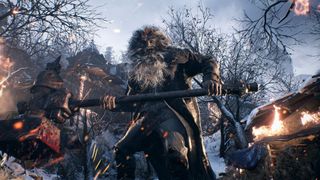
Village brings back everything 7 left behind and largely resets the series to pre-7 expectations – implausible boss fight monsters, melodramatic villains monologuing to the heavens, and action. So much action. Resident Evil has a seemingly inescapable tendency to drift into gun heavy shootouts like a shopping cart with a wobbly wheel that wants to die. It's almost a Capcom tradition at this point to follow an acclaimed, well received Resident Evil installment with the announcement that the next one will have more action: Resi 4 to 5, Resident Evil 2 Remake to 3 Remake, and 7 to Village have all seen critically acclaimed successes followed by sequels that decided more shooting was an obvious progression.
Sign up to the 12DOVE Newsletter
Weekly digests, tales from the communities you love, and more
Capcom really seems to believe that whenever it makes a massively successful Resi, throwing extra guns into the mix, like sprinkles on pudding, will only make it more successful. The thing is, the success usually comes from the game being a scary horror experience built on the tension of a vulnerable protagonist struggling to survive. Adding extra firepower never enhances that. More monsters to fight just makes those monsters more ordinary. The first Lycan you fight in Village feels like a desperate battle to the death. The 27th? 'Hang on, let me just fiddle with my inventory… where am I going on the map again…? Right, where were we?' For a game that coined the term 'survival horror', and built its reputation and scares on the idea of players feeling weak and defenseless, loads of guns and ammo is not the way to go.
Lady of the house
Village has great moments, and the opening half clearly received the most love and craft, and sticks closest to the ideas of vulnerability and threat. The Castle, Dimitrescu, and her daughters, create an enjoyable section that does well to marry old Resi and modern tastes. Although it's House Beneviento that steals the show – acclaim as a high point for the game and franchise as a whole has been almost universal. And deserving so: it's an excellent moment of intrigue that peaks with an incredible scare. It's also the one part that feels most connected to what Resident Evil 7 was trying to do – channeling the isolation, PT levels of terror and the intricate progression of Resi 7 - especially Lucas' puzzles and the excellent Bedroom DLC - into something that feels both new and familiar. After that, however, it's old school all the way, with action-heavy monster blasting through to the end. By the time you reach the tank fight with Mecha-Heisenberg, and Chris Redfield's infinite ammo wolf shootout, it's clear the game has left horror town and might have taken the series with it.
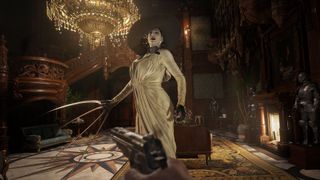
Given the hype, dominated by the big lady, Capcom would be stupid not to steer into Village's success. I know that's how things work, but it does make me sad to think Resident Evil 7 vastly superior scares and potential could likely rot on the vine as Resi once again drifts from atmospheric, isolation horror to quick fix action. Again. It's even sadder when you consider the rumors – that a Resident Evil 8 was in development but too far away and, when an unannounced Revelations 3 tested well internally, it was reworked into Village to avoid a long delay between 'main' Resi games. While only a rumor, it explains a lot. Village absolutely plays like a 'main' Resi and a Revelations cut and shut, with a clearly defined shift in atmosphere and tone between the first and second halves.
Part of me hopes that whatever was originally in development for Resident Evil 8, now 9, survives in some form. But the success of Village, and Lady Dimitrescu in particular, will be a hard allure for Capcom to ignore. Not to mention the massive ending set up of Ethan's (maybe) death and daughter Rose's placement as a new, superpowered hero. I've got my fingers crossed that number 9 will feel more like a direct continuation of 7 (because it was originally), but after Village's impact, what ideas will survive and what will be left of them?
Resident Evil Village tips | Resident Evil Village guns | Resident Evil Village labyrinths | Resident Evil Village masks | Resident Evil Village wells | Resident Evil Village lockpicks | Resident Evil Village Goats | Resident Evil Village crystal fragments, treasure and money | Resident Evil Village animal locations | How long is Resident Evil Village? | How big is the Resident Evil Village map? | Resident Evil Village mods

I'm GamesRadar's Managing Editor for guides, which means I run GamesRadar's guides and tips content. I also write reviews, previews and features, largely about horror, action adventure, FPS and open world games. I previously worked on Kotaku, and the Official PlayStation Magazine and website.
